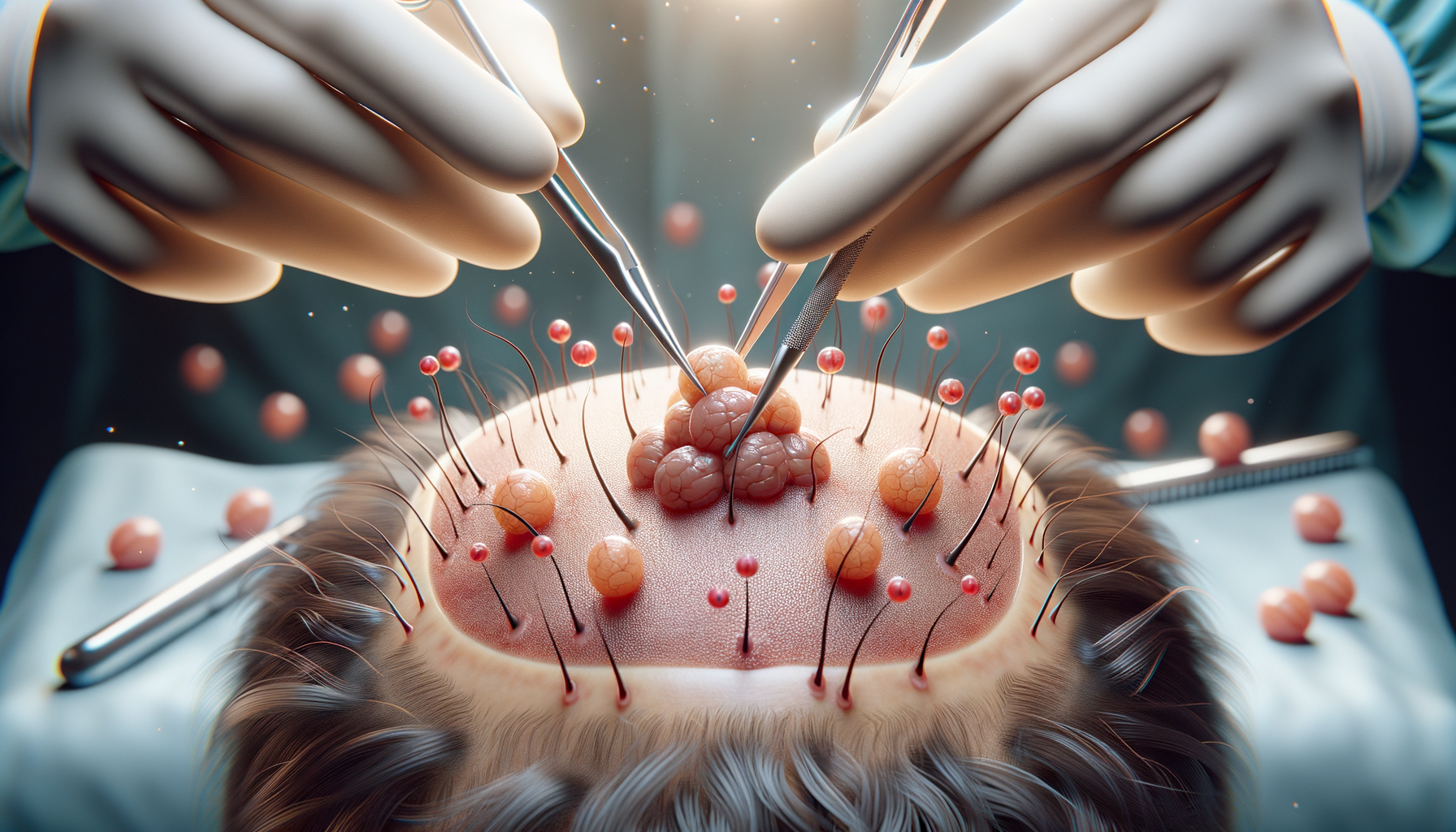
Hair Transplants: Regain Confidence, Restore Your Youthful Look in the US
Understanding Hair Transplantation
Hair transplantation is a medical procedure that involves moving hair follicles from one part of the body, known as the donor site, to a bald or balding part of the body, known as the recipient site. It is primarily used to treat male pattern baldness, but it can also be effective for women experiencing thinning hair or bald spots. The science behind hair transplantation has evolved significantly over the years, with modern techniques offering more natural and lasting results.
There are two main types of hair transplant procedures: Follicular Unit Transplantation (FUT) and Follicular Unit Extraction (FUE). In FUT, a strip of scalp is removed from the donor site, and individual follicular units are dissected and transplanted to the recipient site. FUE, on the other hand, involves the extraction of individual hair follicles directly from the donor area, which are then transplanted to the balding area. Each method has its pros and cons, and the choice largely depends on the patient’s needs and the surgeon’s expertise.
Hair transplantation is not just about aesthetics; it’s about restoring one’s confidence and self-esteem. Many individuals who undergo the procedure report a significant boost in their self-image and social interactions. It’s important to note that while hair transplantation can offer substantial improvements, it requires a commitment to the process, including understanding the potential risks and recovery time involved.
The Hair Transplantation Process
The journey of hair transplantation begins with a comprehensive consultation with a qualified specialist. During this initial meeting, the doctor will evaluate the patient’s hair loss pattern, discuss expectations, and suggest the most suitable procedure. This step is crucial for setting realistic goals and understanding the potential outcomes of the surgery.
Once the procedure is scheduled, the patient will undergo pre-operative preparations, which might include medical tests and instructions on how to care for the scalp before surgery. On the day of the procedure, local anesthesia is administered to the donor and recipient areas to minimize discomfort. The surgery can last several hours, depending on the extent of the hair loss and the number of grafts required.
After the surgery, patients can expect some swelling and discomfort, which can be managed with prescribed medications. The transplanted hair will initially fall out, a normal part of the process known as “shock loss.” New hair growth typically begins within a few months, with full results visible after a year. Post-operative care is essential to ensure the success of the transplant, including following the surgeon’s advice on washing and caring for the scalp.
Cost and Considerations
The cost of hair transplantation can vary significantly depending on various factors, including the location of the clinic, the expertise of the surgeon, and the complexity of the procedure. In the US, the cost can range from a few thousand to tens of thousands of dollars. While this may seem like a substantial investment, many patients find the results to be worthwhile, especially considering the long-term benefits of a fuller head of hair.
When considering a hair transplant, it’s essential to research and choose a reputable clinic with experienced surgeons. Look for clinics that offer transparent pricing and provide before-and-after photos of previous patients. It’s also wise to read reviews and seek recommendations from individuals who have undergone the procedure.
Beyond the financial aspect, potential candidates should consider their overall health, as certain medical conditions may affect the outcome of the surgery. A thorough discussion with a healthcare provider can help determine if hair transplantation is a viable option. Ultimately, the decision to undergo a hair transplant is a personal one, and patients should weigh the benefits against the potential risks and costs involved.


